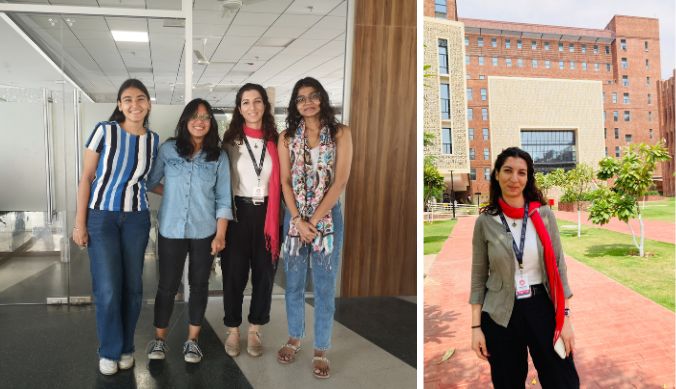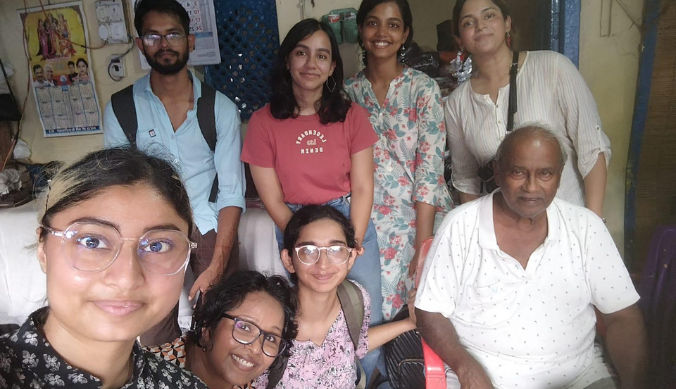Don’t trust the data
Professor Siddhartha Dubey writes a distinctive piece on what it means to be a journalist in a pandemic.
Peaking, plateauing, subsiding… The public relations campaign around the infection rate of the so-called second wave of COVID-19 in India tells us the situation is getting better. However the government-run push does not jibe with the continuing deaths, the crushing demand for oxygen and immediate need for hospital beds in the country.
Politicians and those bureaucrats allowed to speak on the record are doing what they do best. Making themselves look good as the world’s second-most populated country wallows in an infectious mess. To look forward to up ahead are multiple quarters of economic stagnation, rising unemployment and debt and warnings of a “third-wave.”
Many journalists covering COVID say they’ve stopped talking about the daily number tally and the magically decreasing infection rate. “It makes no sense, as the government is lying all the time,” says a health reporter for a long-form magazine. She is one of the few health reporters in India who knows what she is writing about.
Health is a difficult beat and requires not only a solid understanding of medical issues, it requires access to real-time data and scientists involved in curbing the spread of COVID. The rise in infections in rural India has exposed the lack of data collection and transparency outside Delhi, Bombay, Bangalore and other metros. Journalists reporting from villages speak of negligible official data to work with. And even when they do get data from the state or district governments “it is not trustworthy.”
What’s more troubling is the official death toll. In many states, Uttar Pradesh being the most blatant, many COVID related deaths are kept off the official tally. Doctors are told not to report deaths as infection related, which means the real COVID death count is anybody’s guess. International television correspondents doing “live hits” with London, Hong Kong and New York have started to leave out numbers because they are not reliable. The focus now is on the human tragedy, as numbers really don’t describe what’s going on in India right now, says one reporter who works for a global broadcaster.
While politicians and government officials heap hate on the likes of the New York Times, CNN, The Caravan and others, the reception journalists get from the people they cover is the opposite. They want to be heard and they want their story of suffering to be told. Quotes and sound bites from the hospital car park or the funeral pyre are given in earnest and willingly.
Reporting is among the strangest jobs in the world. You go out, you collect information, you see what’s going on, speak to people and write it all down and send it all off and then you move on. Right now there is no moving on from the COVID tragedy and there is no respite from this conflict. The absence of information and truth makes this story difficult to cover.
Siddhartha Dubey is a Visiting Faculty of Writing and Designing for Web at Ashoka University. The views and opinions expressed in this article are those of the author and do not necessarily reflect that of Ashoka University.













